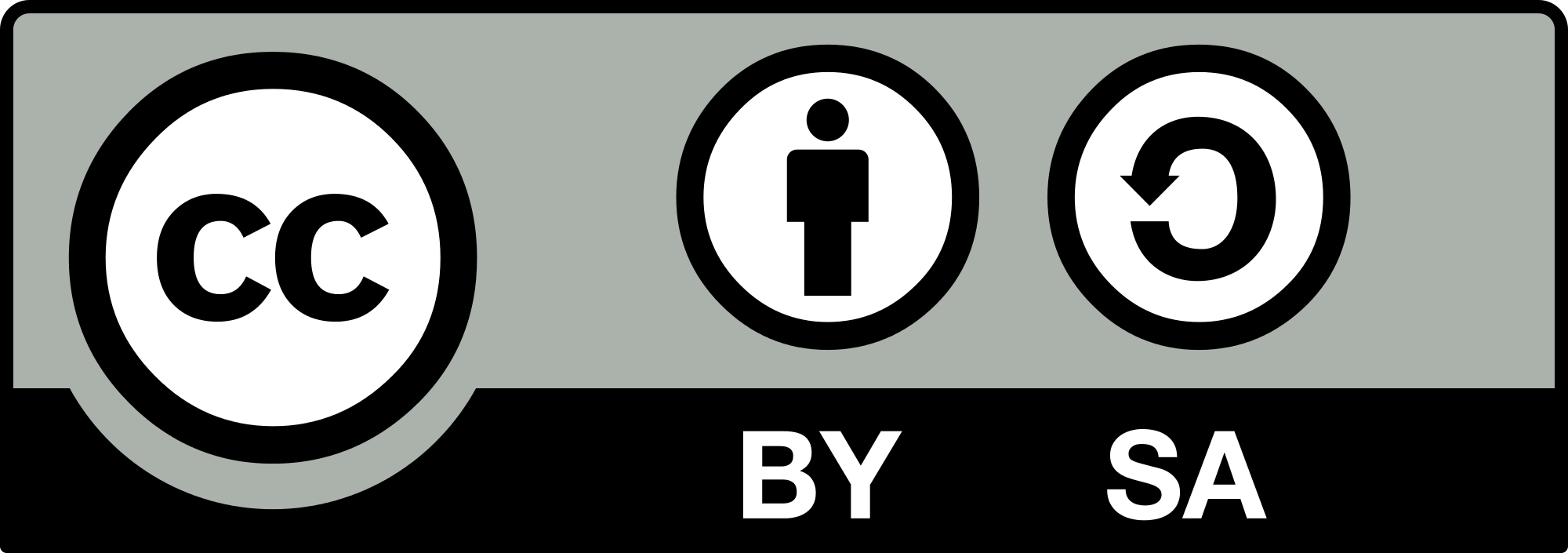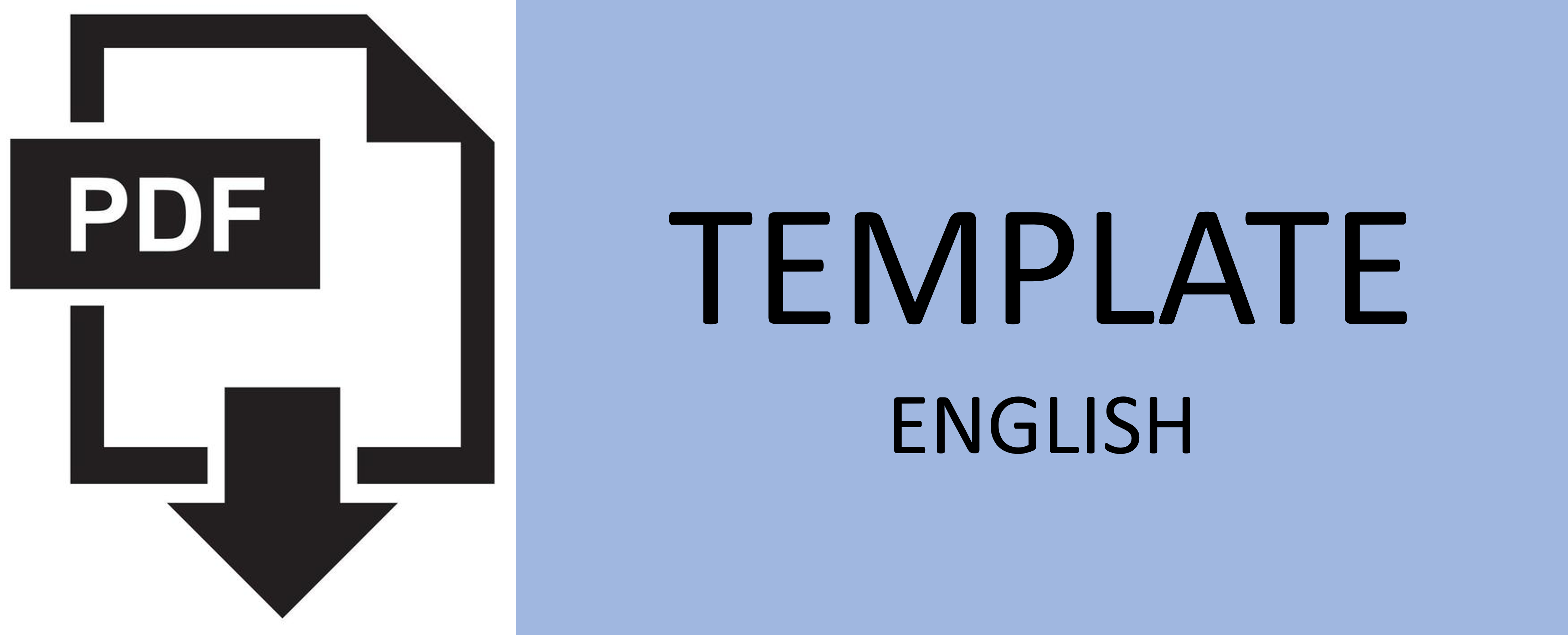Strut and tie model optimization for reinforced concrete bridge pier head structure using a genetic algorithm
Abstract
Keywords
Full Text:
PDFReferences
J. Schlaich and D. Weischede, "Detailing of concrete structures," Bulletin d'Information, vol. 150, p. 163, 1982.
A. Committee, "Building code requirements for structural concrete (ACI 318-05) and commentary (ACI 318R-05)," 2005: American Concrete Institute.
D. M. Rogowsky, J. G. MacGregor, and S. Y. Ong, "Tests of reinforced concrete deep beams," 1983.
J. A. Ramirez and J. E. Breen, "Evaluation of a modified truss-model approach for beams in shear," Structural Journal, vol. 88, no. 5, pp. 562-572, 1991.
J. Grob and B. Thürlimann, "Ultimate strength and design of reinforced concrete beams under bending and shear," in Ultimate Strength and Design of Reinforced Concrete Beams under Bending and Shear/Résistance et dimensionnement des poutres en béton armé soumises à la flexion et à l’effort tranchant/Bruchwiderstand und Bemessung von Stahlbetonbalken unter Biegung und Schub: Springer, 1976, pp. 107-120.
B. Piscesa and T. Tavio, "Strut and tie model optimization for reinforced concrete deep beam using genetic algorithm," Journal of Civil Engineering, vol. 35, no. 1, pp. 14-18, 2020.
R. Perera and J. Vique, "Strut-and-tie modelling of reinforced concrete beams using genetic algorithms optimization," Construction and Building Materials, vol. 23, no. 8, pp. 2914-2925, 2009.
R. Perera, J. Vique, A. Arteaga, and A. De Diego, "Shear capacity of reinforced concrete members strengthened in shear with FRP by using strut-and-tie models and genetic algorithms," Composites Part B: Engineering, vol. 40, no. 8, pp. 714-726, 2009.
X. Liu, W.-j. Yi, and P.-s. Shen, "Topology optimization of strut-and-tie models in deep reinforced concrete beams," Engineering Mechanics, vol. 9, 2006.
F. Bontempi and P. G. Malerba, "Stress path adapting strut-and-tie models in cracked and uncracked RC elements," Structural Engineering and Mechanics, vol. 12, no. 6, pp. 685-698, 2001.
A. N. Hanoon, M. Jaafar, F. Hejazi, and F. N. A. Aziz, "Strut-and-tie model for externally bonded CFRP-strengthened reinforced concrete deep beams based on particle swarm optimization algorithm: CFRP debonding and rupture," Construction and Building Materials, vol. 147, pp. 428-447, 2017.
J. L. Jewett and J. V. Carstensen, "Experimental investigation of strut-and-tie layouts in deep RC beams designed with hybrid bi-linear topology optimization," Engineering Structures, vol. 197, p. 109322, 2019.
Q. Q. Liang, Y. M. Xie, and G. P. Steven, "Topology optimization of strut-and-tie models in reinforced concrete structures using an evolutionary procedure," American Concrete Institute, 2000.
Q. Q. Liang, B. Uy, and G. P. Steven, "Performance-based optimization for strut-tie modeling of structural concrete," Journal of Structural Engineering, vol. 128, no. 6, pp. 815-823, 2002.
DOI: http://dx.doi.org/10.12962%2Fj20861206.v35i2.8573
Refbacks
- There are currently no refbacks.

Journal of Civil Engineering is licensed under a Creative Commons Attribution-ShareAlike 4.0 International License.







.jpg)